- With standard equipment
- With safety pack
Find more information in the General Comments section of the assessment
Find more information in the Rating Validity tab of the assessment
- See More
- See More
- See More
- See More
- Good
- Adequate
- Marginal
- Weak
- Poor
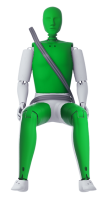 Passenger
Passenger
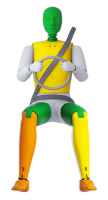 Driver
Driver
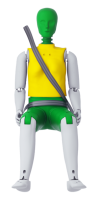 Rear Passenger
Rear Passenger
 Driver
Driver
 Car
Car
 Pole
Pole
 Rear Seat
Rear Seat
 Front Seat
Front Seat
-
Approaching a stationary car: Left Offset
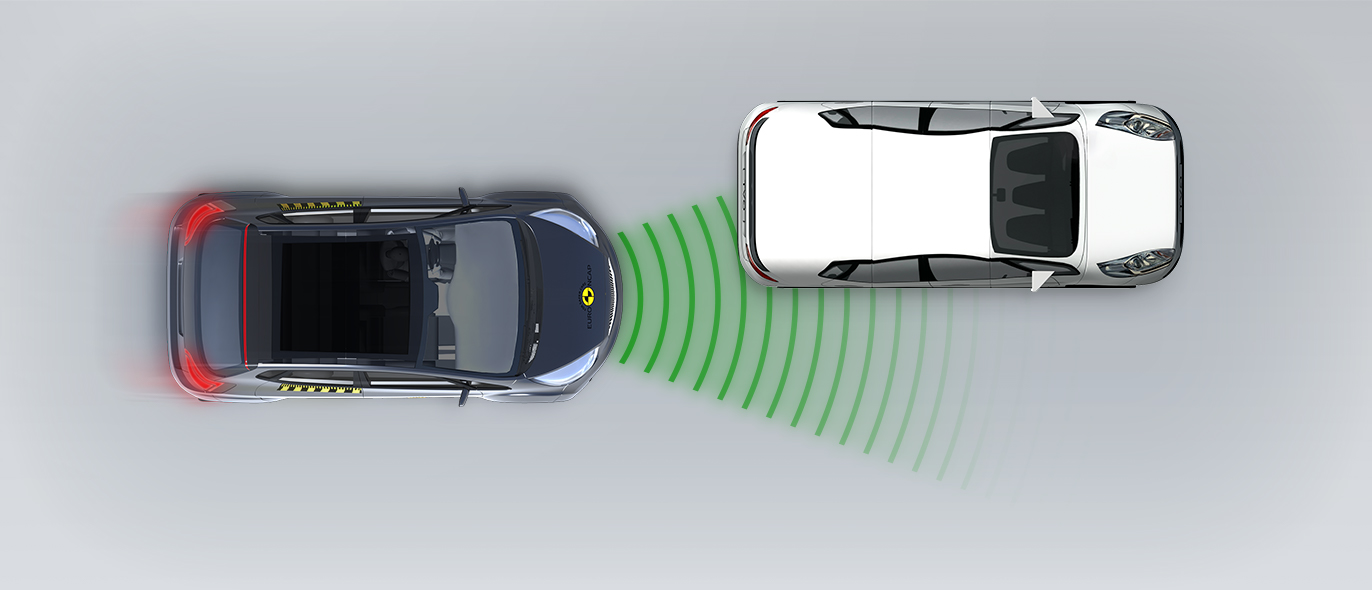
-
Approaching a stationary car: No Offset
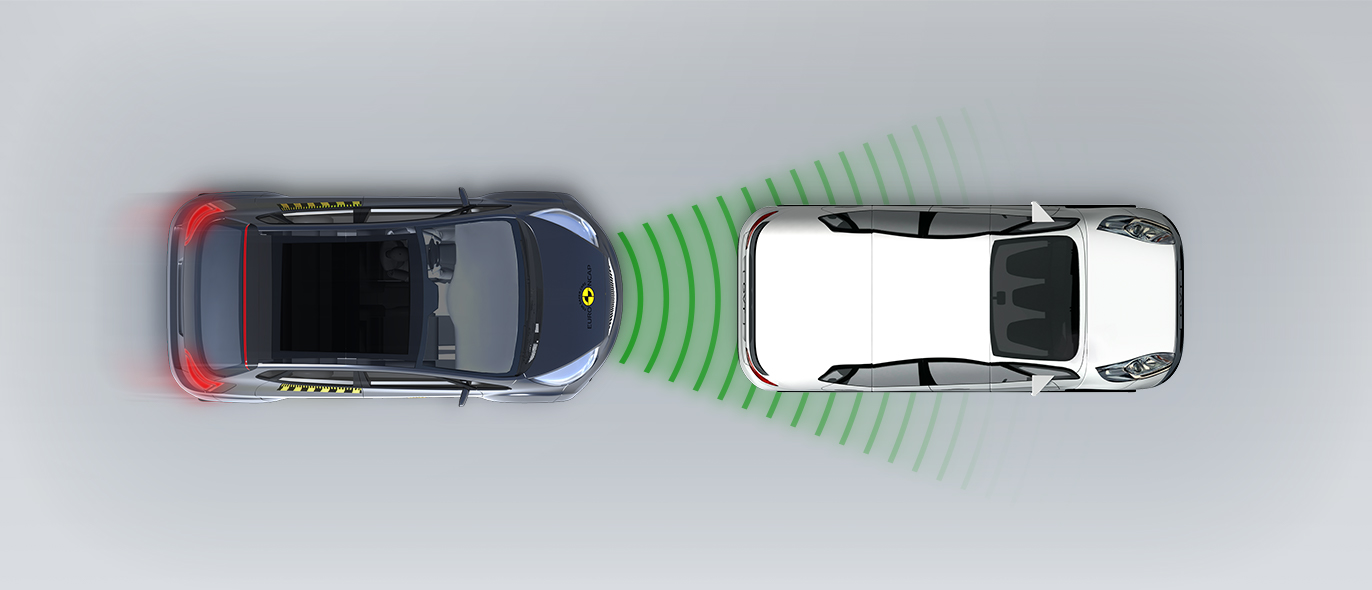
-
Approaching a stationary car: Right Offset
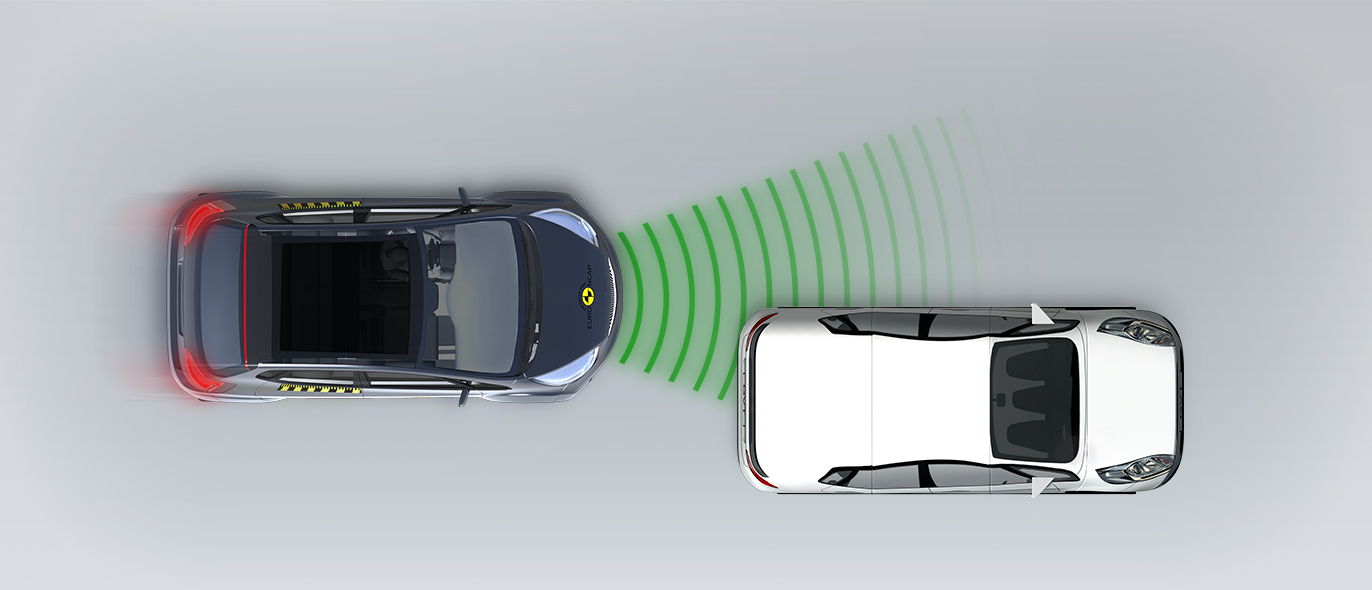
- Good
- Adequate
- Marginal
- Weak
- Poor
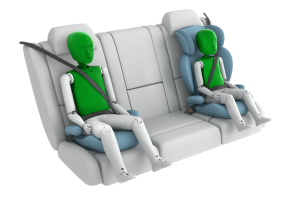
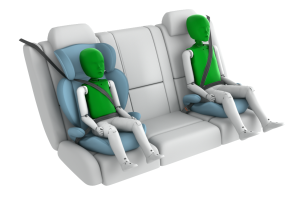
Passenger
outboard
center
Fitted to the vehicle as standard
Not fitted to the test vehicle but available as option
Not Available
-
i-Size CRS
-
ISOFIX CRS
-
Universal Belted CRS
Easy
Difficult
Safety critical
Not allowed
| Seat Position | ||||
|---|---|---|---|---|
| Front | 2nd row | |||
| Passenger | Left | center | Right | |
| Maxi Cosi 2way Pearl & 2wayFix (rearward) (iSize) | ||||
| Maxi Cosi 2way Pearl & 2wayFix (forward) (iSize) | ||||
| BeSafe iZi Kid X2 i-Size (iSize) | ||||
| Maxi Cosi Cabriofix & FamilyFix (ISOFIX) | ||||
| BeSafe iZi Kid X4 ISOfix (ISOFIX) | ||||
| Britax Römer Duo Plus (ISOFIX) | ||||
| Britax Römer KidFix XP (ISOFIX) | ||||
| Maxi Cosi Cabriofix (Belt) | ||||
| Maxi Cosi Cabriofix & EasyBase2 (Belt) | ||||
| Britax Römer King II LS (Belt) | ||||
| Britax Römer KidFix XP (Belt) | ||||
Easy
Difficult
Safety critical
Not allowed
In both the frontal offset and the side barrier impacts, protection was good for all critical body areas for the 6 and 10 year children. The front passenger airbag can be deactivated to allow a rearward-facing child restraint to be used in that seating position. Clear information is provided to the driver regarding the status of the airbag and the system was rewarded. All of the restraint types for which the Nexo is designed could be properly installed and accommodated in the car.
- Good
- Adequate
- Marginal
- Weak
- Poor

Head Impact 20.2 Pts
Pelvis Impact 0.0 Pts
Leg Impact 6.0 Pts
| System Name | FCA (Forward Collision-avoidance Assist) | ||
| Type | Auto-Brake with Forward Collision Warning | ||
| Operational From | 10 km/h | ||
| PERFORMANCE | | |||
-
Approaching a crossing cyclist
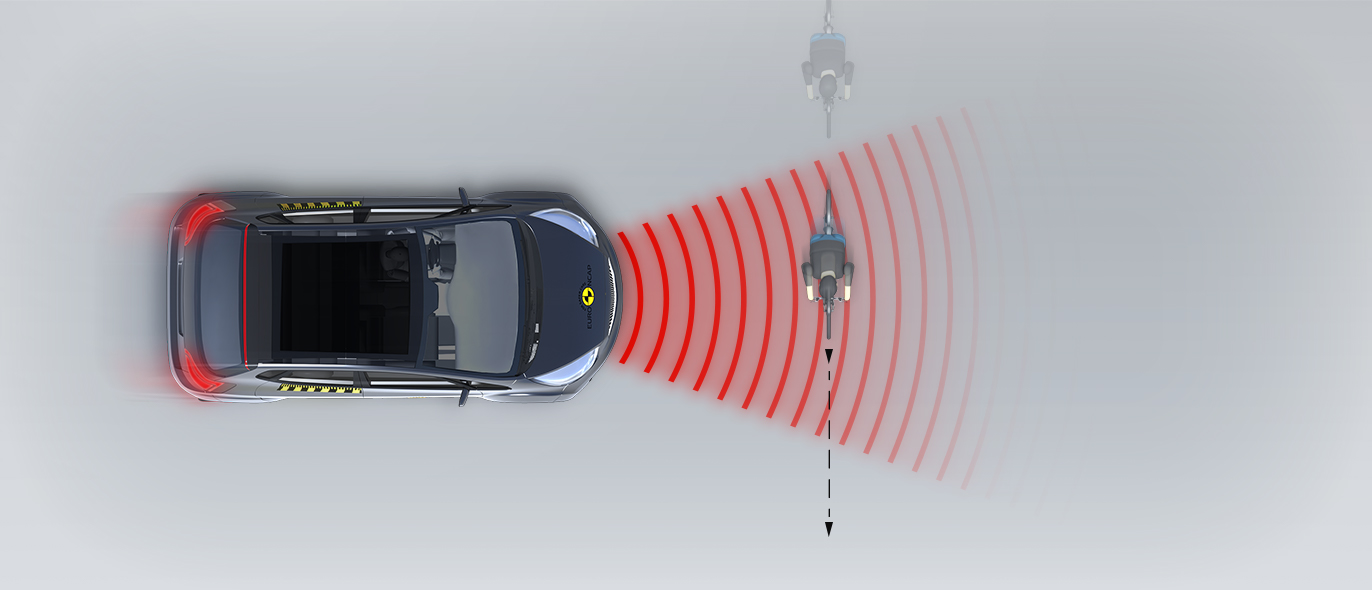
-
Cyclist along the roadside
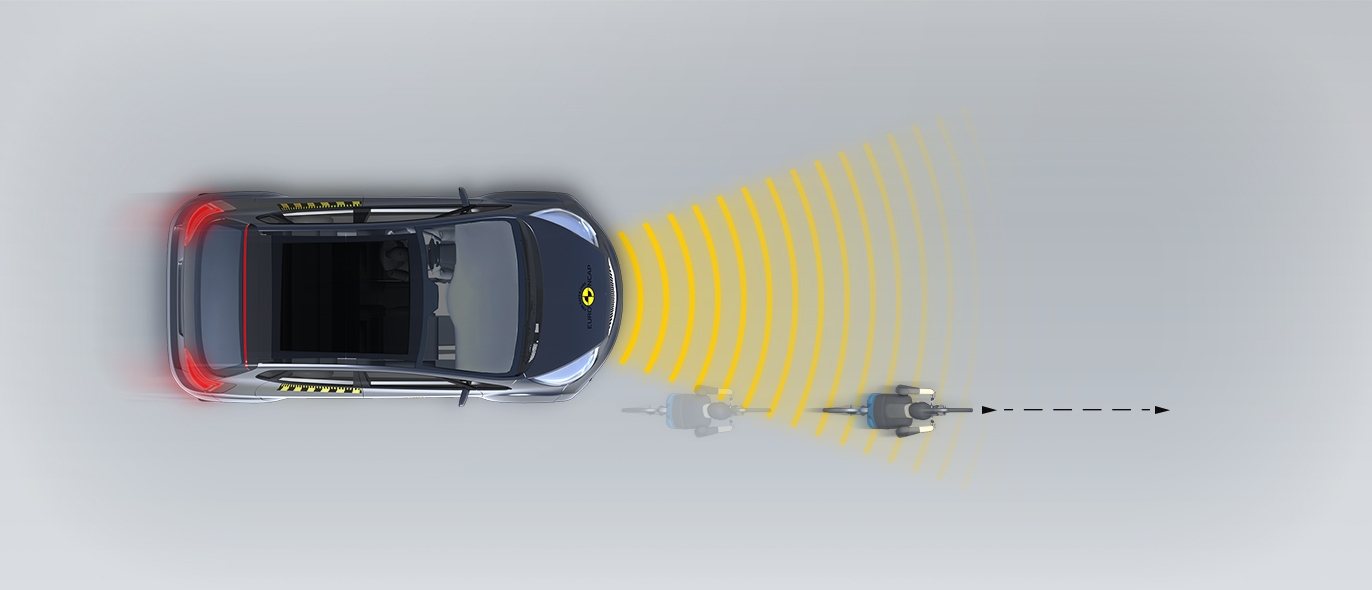
The Hyundai Nexo has an active, deployable bonnet. Sensors in the bumper detect when a pedestrian has been struck and actuators lift the bonnet to provide greater clearance to hard structures in the engine compartment. Hyundai showed that the system worked robustly for different pedestrian statures and over a range of speeds, so tests were done with the bonnet in the raised position. The protection to the head of a struck pedestrian was good over almost the entire bonnet surface. The bumper provided good protection to pedestrians' legs but protection of the pelvis was poor. The AEB system performed adequately in tests of its reaction to pedestrians, in daylight and in low light, and performed marginally in cyclist detection.
- Good
- Adequate
- Marginal
- Weak
- Poor
| System Name | ISLW ( Intelligent Speed Limit Warning) |
| Speed Limit Information Function | Camera & Map |
| Speed Control Function | Manually set (accurate to 5km/h) |
| Applies To | Not available | ||
| Warning | Driver Seat | Front Passenger(s) | Rear Passenger(s) |
| Visual | |||
| Audible | |||
| Occupant Detection | |||
|
|||
| System Name | LKA (Lane Keeping Assist) |
| Type | LKA and ELK |
| Operational From | 60 km/h |
| Performance | |
| Emergency Lane Keeping | |
| Lane Keep Assist | |
| Human Machine Interface | |
| System Name | FCA (Forward Collision-avoidance Assist) | |||
| Type | Autonomous Emergency Braking and Forward Collision Warning | |||
| Operational From | 10 km/h | |||
The AEB system performed well when tested at highway speeds, with collisions avoided or mitigated in most situations. The Nexo has a seatbelt reminder for the front and rear seats and a speed assistance system which informs the driver of the local speed limit, allowing the driver to set the limiter appropriately. A lane keeping assist system is also standard, and helps avoid inadvertent drifting out of lane, and also intervenes in some more critical emergency situations.
- Specifications
- Safety Equipment
- Videos
- Rating Validity
Specifications
Tested Model Hyundai NEXO GL, LHD
Body Type - 5 door SUV
Year Of Publication 2018
Kerb Weight 1814kg
VIN From Which Rating Applies - all NEXOs
Class Large SUV
Safety Equipment
Note: Other equipment may be available on the vehicle but was not considered in the test year.
Fitted to the vehicle as standard
Fitted to the vehicle as part of the safety pack
Not fitted to the test vehicle but available as option or as part of the safety pack
Not available
Not applicable
Videos
Rating Validity
Variants of Model Range
| Body Type | Engine | Drivetrain | Rating Applies | |
|---|---|---|---|---|
| LHD | RHD | |||
| 5 door SUV | Fuel-Cell Electric Vehicle* | 4 x 2 |  |
 |
* Tested variant



Find more information in the General Comments section of the assessment
 Share
Share
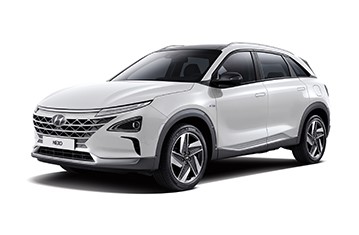










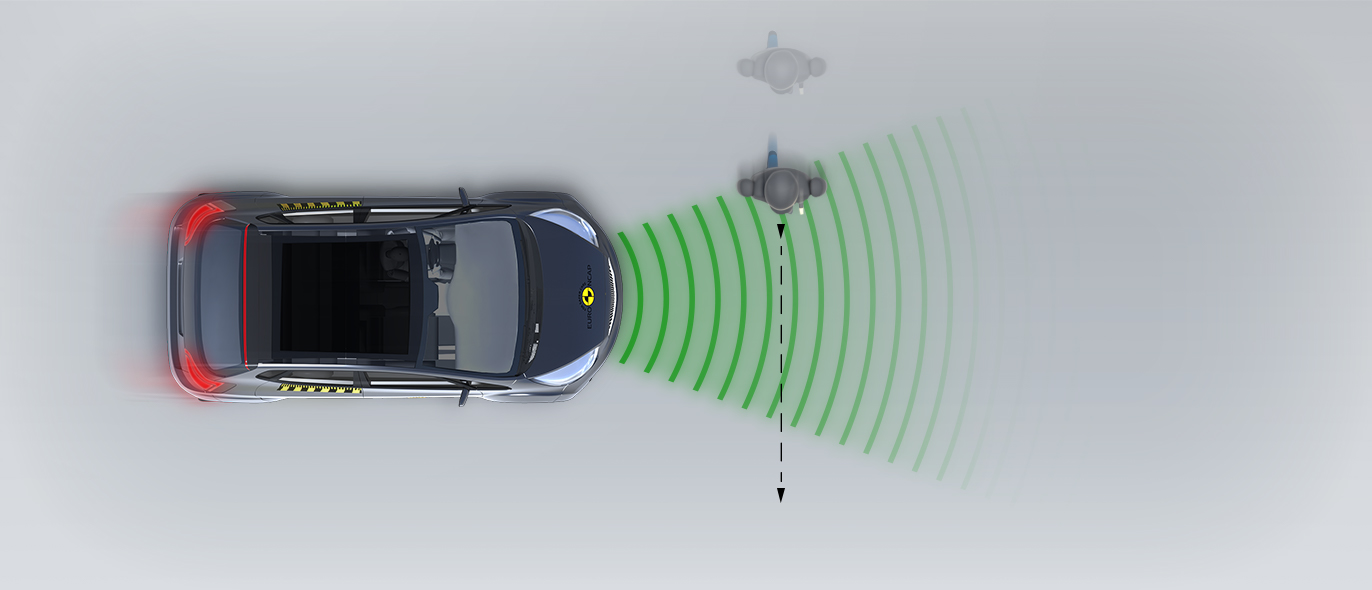
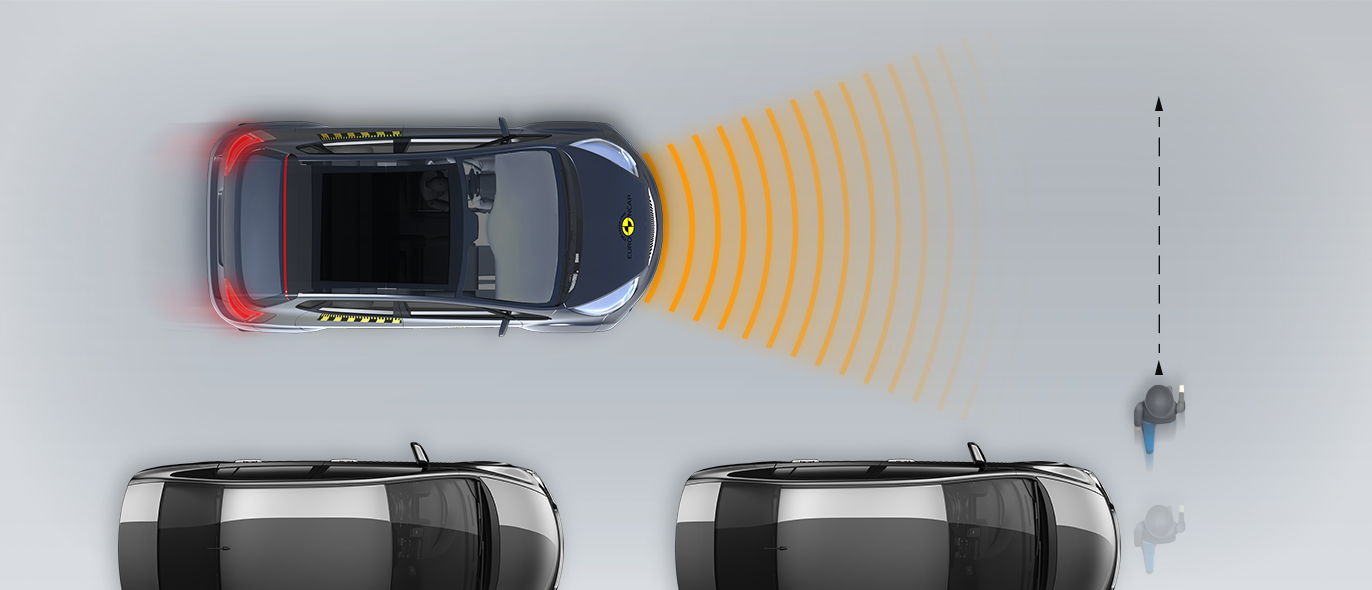
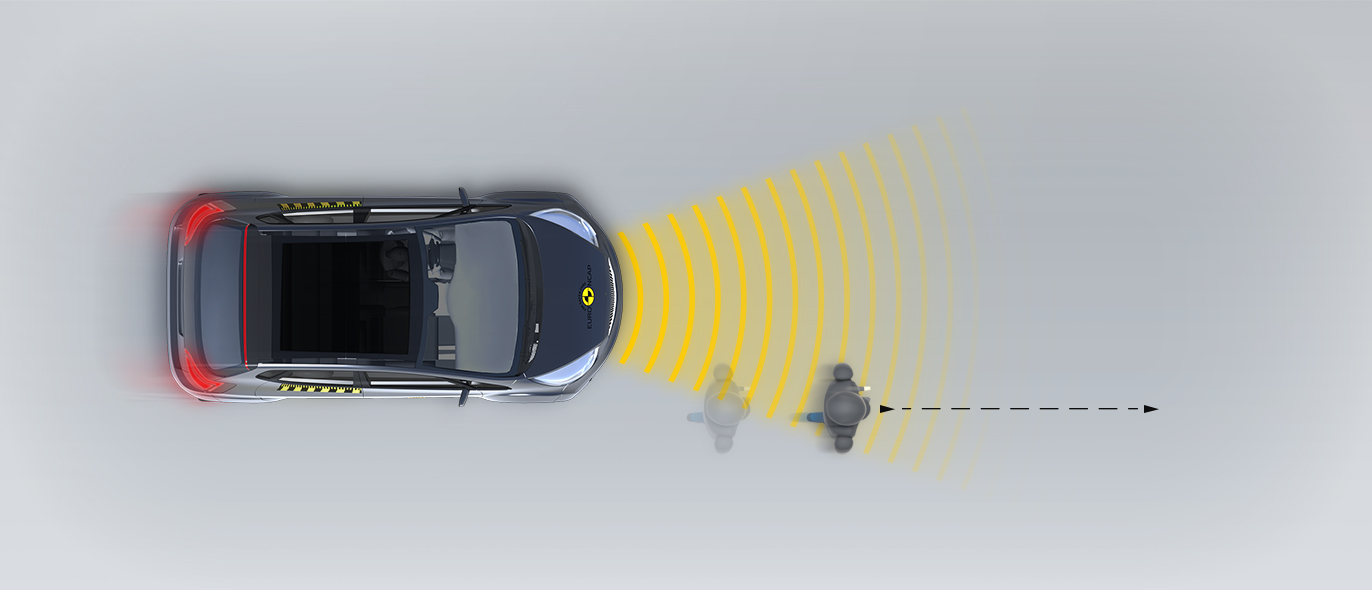
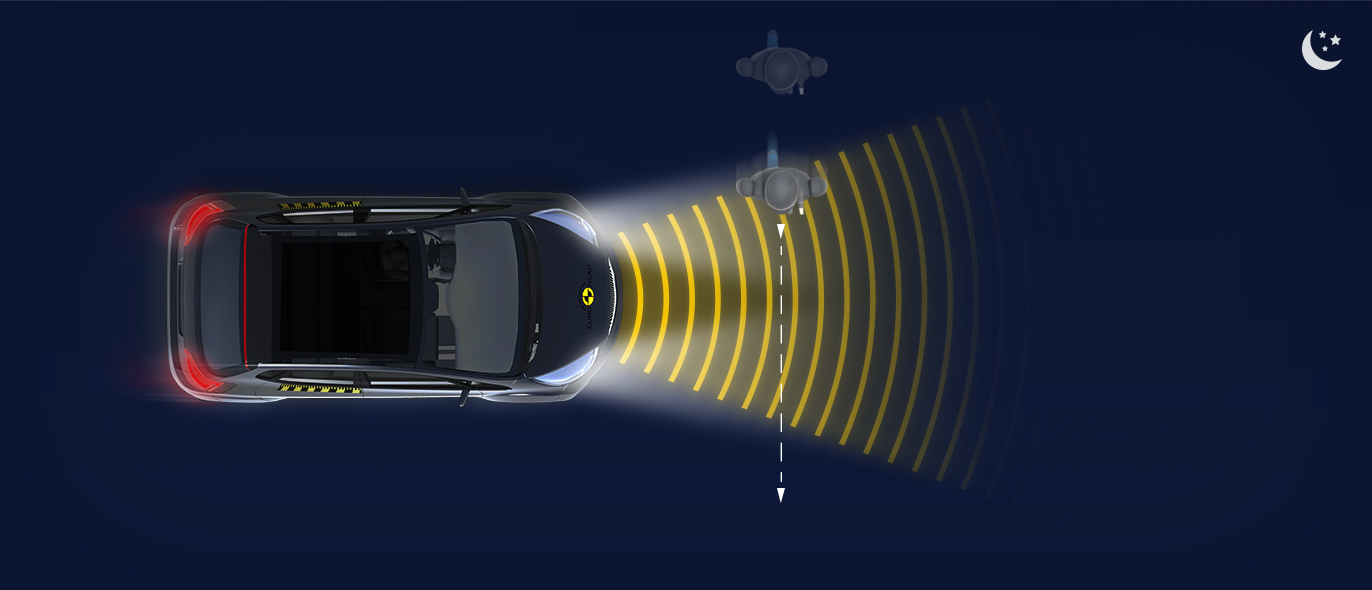

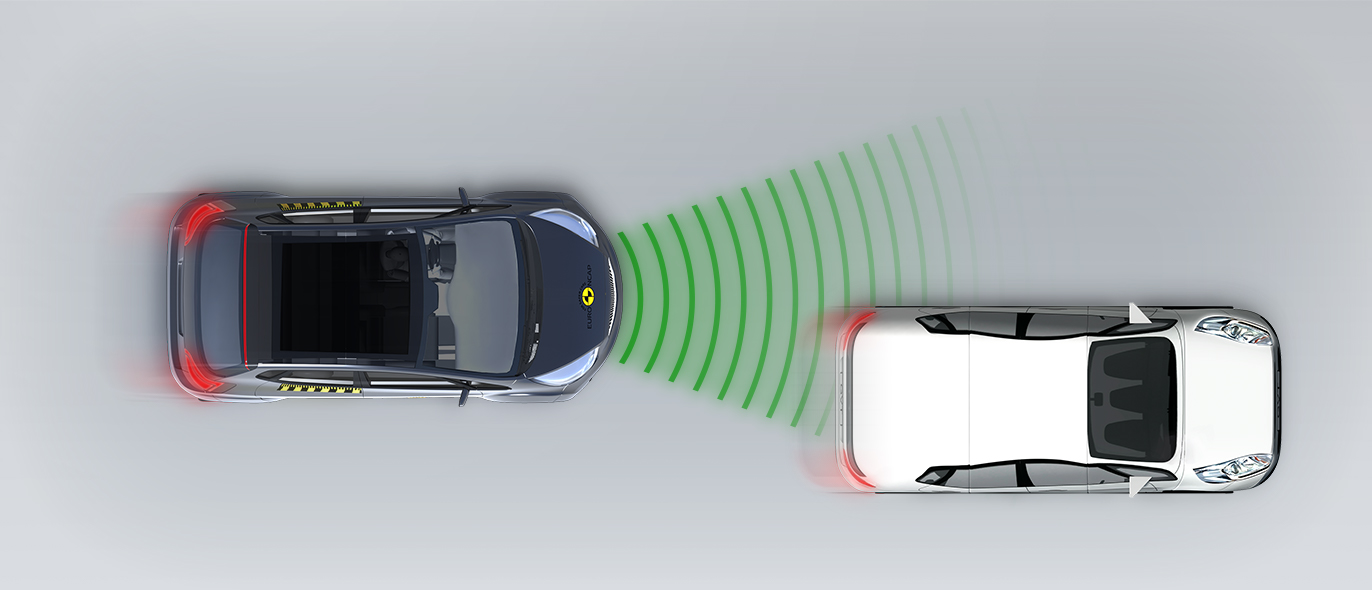
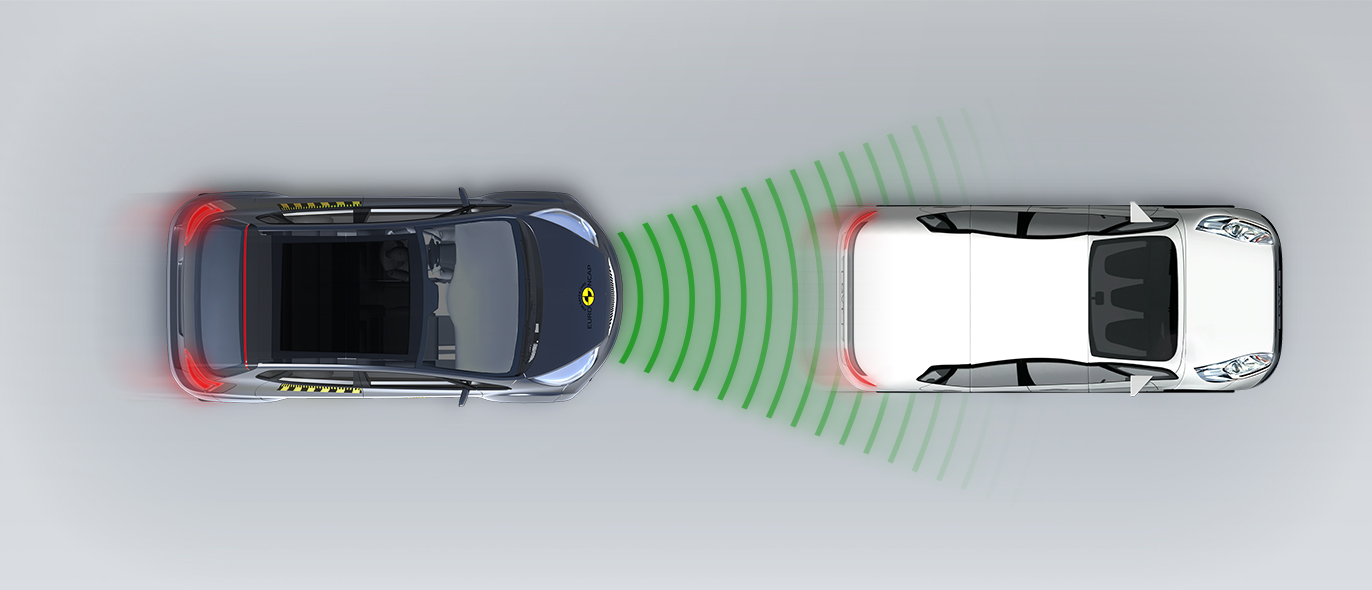
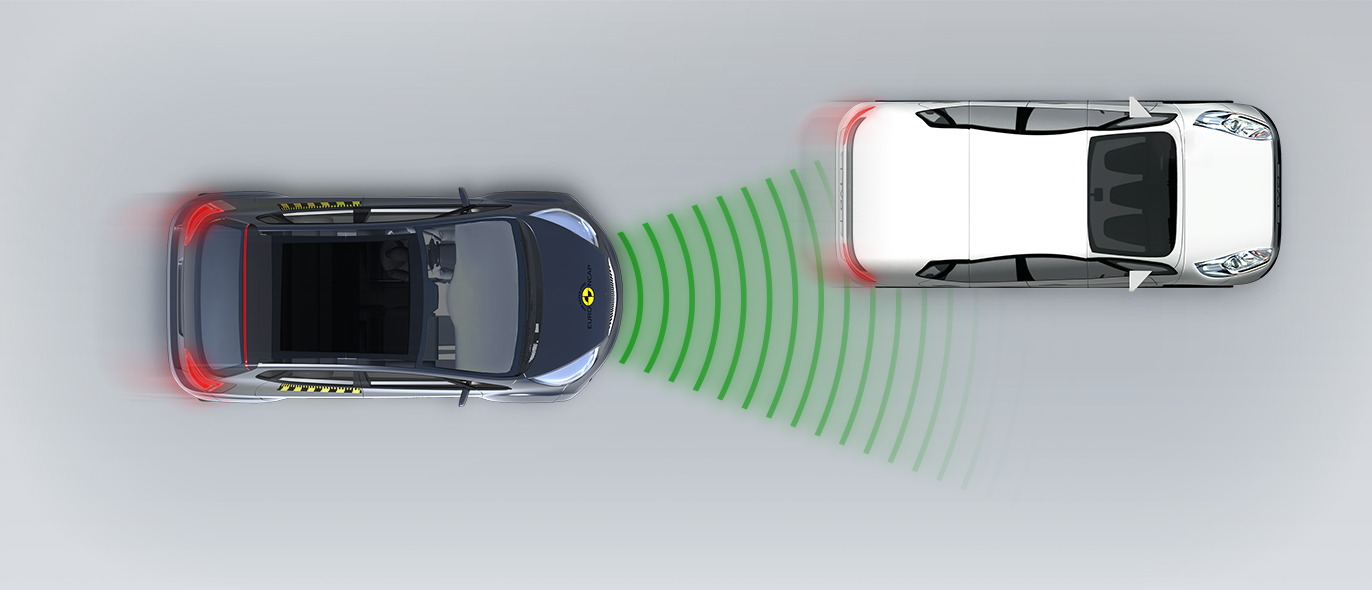

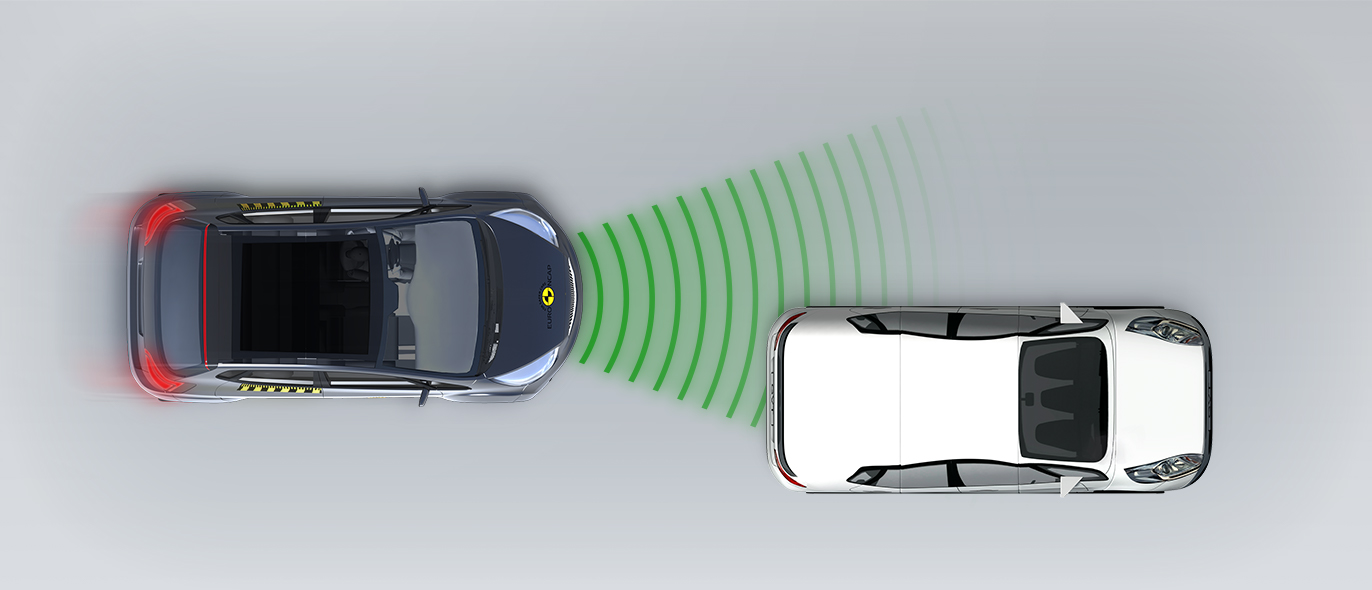
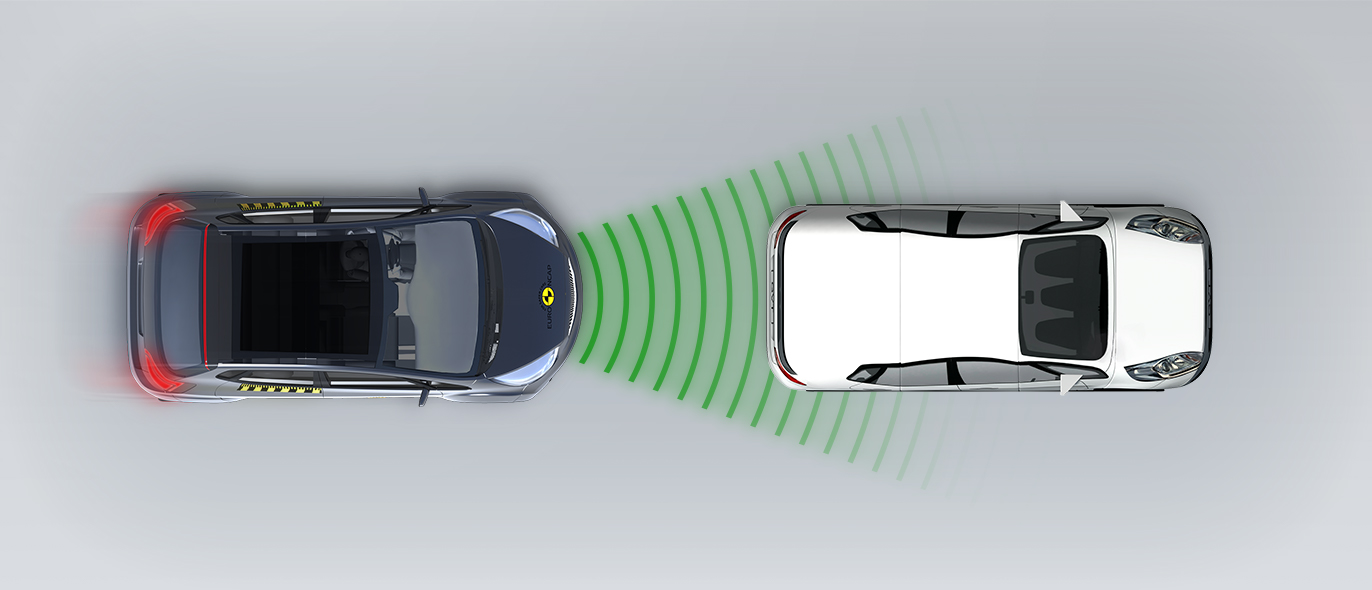
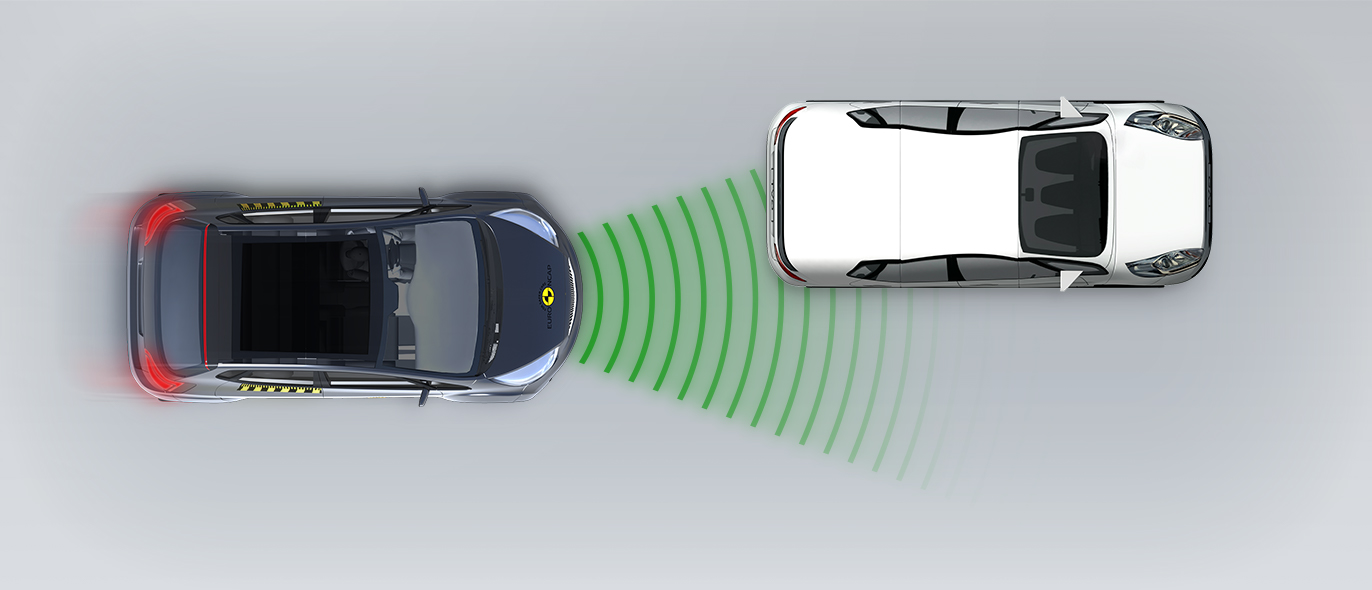

The passenger compartment of the Nexo remained stable in the frontal offset test. Dummy readings showed good protection of all critical body areas for the passenger and good protection for the knees and femurs of both the driver and passenger. Hyundai showed that a similar level of protection would be provided to occupants of different sizes and to those sitting in different positions. In the full-width rigid barrier test, protection of the driver dummy was good for all critical body areas. Protection of the rear passenger was good or adequate. In both the side barrier and the more severe side pole impacts, protection of all critical body areas was good and the Nexo scored maximum points in these tests. Tests on the front seats and head restraints demonstrated good protection against whiplash injury in the event of a rear-end collision. However, a geometric assessment of the rear seats indicated poor whiplash protection. The standard-fit autonomous emergency braking (AEB) system performed well in tests of its functionality at the low speeds, typical of city driving, at which many whiplash injuries are caused.